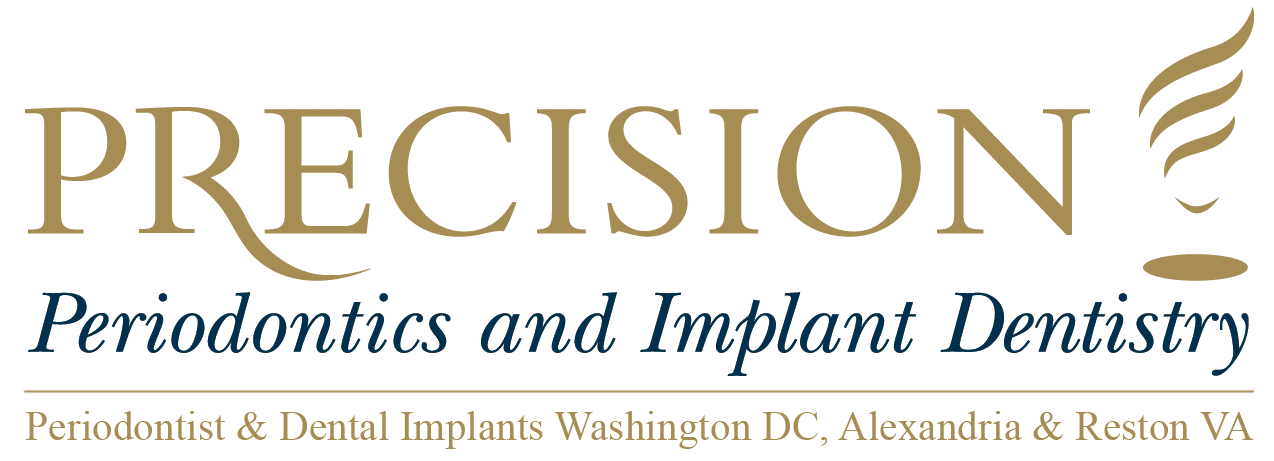Generalized Aggressive Periodontitis
Generalized Aggressive Periodontitis is one of two types of aggressive periodontitis included in the seven classifications of periodontitis defined in 1999. Generalized aggressive periodontitis is attachment loss that affects at least three permanent teeth that do not include the incisors and first molar. The prevalence of generalized aggressive periodontitis is about .13%, and it appears that males are at a higher risk of generalized aggressive periodontitis than females. Generalized aggressive periodontitis differs from localized aggressive periodontitis in both cause and development.
Generalized aggressive periodontitis appears mostly in individuals under the age of 30. The appearance resembles chronic periodontitis, though the average age of patients is significantly younger and the progression of the disease is much more rapid. Generalized aggressive periodontitis is characterized by a poor serum response against agents of infection and a level of periodontal destruction that is disproportionate to the amount of irritant bacteria present in the oral cavity. The primary distinction in diagnosis between localized aggressive periodontitis and generalized aggressive periodontitis is the number of teeth affected. Generalized aggressive periodontitis induces attachment loss on at least three permanent teeth; these do not include the first molars or the incisors, which are included in the diagnosis for localized aggressive periodontitis. Generalized aggressive periodontitis is also characterized by its episodic nature. In the destructive phase, periodontal tissue may be severely inflamed, appearing irritated, red, and ulcerated. The tissue may also experience spontaneous bleeding or be visibly purulent. During this destructive phase, bone loss and attachment loss are present. During the period of quiescence, gingival tissue is uninflamed and pink, appearing healthy and possibly stippled. However, despite this healthy appearance, deep pockets may still be discovered upon periodontal probing.
When generalized aggressive periodontitis is present, bone loss ranges from mild to severe and can appear as a combination of vertical and horizontal bone loss. Radiographic examination, including x-rays, can help identify aggressive periodontitis by indicating possible loss of alveolar bone. Family history can also indicate a predisposition to generalized aggressive periodontitis, which is inherited. Early detection of both types of aggressive periodontitis is an important step in stopping the extensive periodontal destruction that can be wrought if the disease is left unaddressed. The ultimate treatment goal for aggressive periodontitis is to create clinical conditions that allow the majority of teeth to be retained as long as possible. Treatment involves oral hygiene modifications, smoking cessation when relevant, and adjustment or removal of plaque-retentive factors; these methods aim to reduce the amount of plaque and tartar present both above and below the gum line. Clinical, mechanical methods may also be recommended, including dental scaling and root planing or root surface debridement, and systemic antibiotics may also be prescribed to complement these mechanical treatment methods. When these treatment methods in combination do not halt the progression of periodontitis, dental professionals may use locally delivered antimicrobials or, as a last result, periodontal surgery. Periodontal surgeries used to treat periodontitis include open-flap debridement or regenerative surgical therapies; the latter may use bone replacement grafts, guided tissue regeneration, barrier membranes, biologic modifiers, or extracellular matrix proteins
